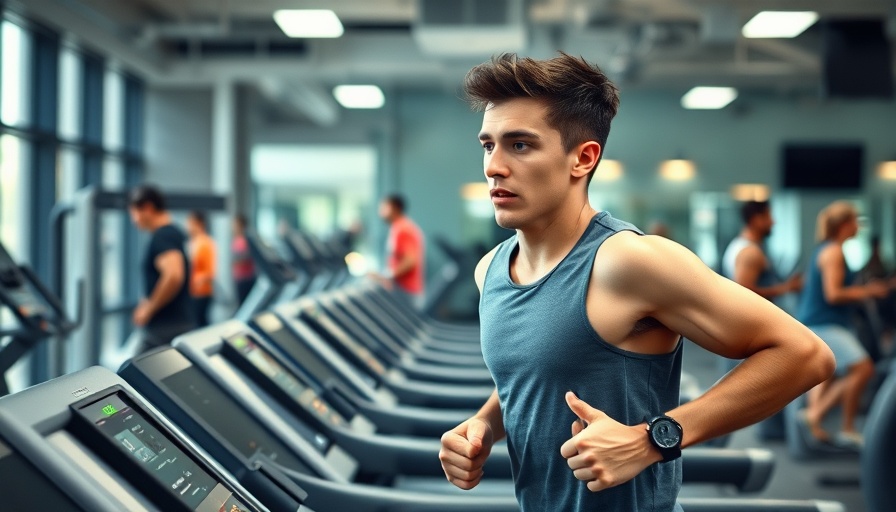
Understanding Anemia: A Hidden Challenge for Digital Nomads
As digital nomads, the quest for a balanced lifestyle while traveling the globe poses unique health challenges. Among them, anemia—a condition characterized by a deficiency of red blood cells—remains an often-overlooked issue. Recent data from the National Health and Nutrition Examination Survey (NHANES) revealed that between August 2021 and August 2023, anemia prevalence stood at 9.3% among individuals aged two and older in the United States. This statistic serves as a reminder for those on the move, often juggling work with explorations, to pay attention to their health.
The Impact of Gender and Age on Anemia Rates
According to the report, anemia is more prevalent in females (13.0%) compared to males (5.5%). This discrepancy can have significant implications for female digital nomads, especially those of childbearing age. Anemia in women may often go unnoticed, potentially causing fatigue and decreased productivity. Interestingly, children aged 2-11 exhibited the lowest prevalence (4.7%), while adults aged 60 and older showed the highest rate at 12.5%. For digital nomads in their vibrant 20s to 40s, understanding these trends can inform better health choices, signaling the need for regular health check-ups while traveling.
Anemia Across Races: Variations Worth Noting
The data exposes racial disparities in anemia prevalence, particularly that Black non-Hispanic females had a staggering anemia rate of 31.4%, demonstrating a critical area for public health efforts. For nomads who belong to diverse communities, this emphasizes the need to seek tailored healthcare services that address specific health concerns. Being aware of these disparities can empower nomads to advocate for their health regardless of where they are in the world.
Income Levels and Nutritional Access: A Quiet but Significant Connection
Another crucial factor is family income, which was connected to anemia prevalence. Individuals from lower-income backgrounds exhibited higher rates of anemia. For digital nomads, this may resonate when choosing destinations with adequate healthcare and nutrition options. The financial strain of travel can impact diet quality; being mindful of accessing nutritious foods becomes essential for maintaining health and well-being.
Common Misconceptions About Anemia
A prevalent myth about anemia is that it primarily affects the elderly or those in developing countries. This misconception can lead to complacency among younger travelers. It’s vital to understand that anemia can affect anyone, including healthy individuals traveling abroad. Frequent travelers should educate themselves about anemia's symptoms and risks to prevent it from diminishing their adventures.
Practical Tips for Preventing Anemia While Traveling
To combat the risk of anemia, digital nomads should focus on diets rich in iron and include vitamin C for better absorption. Foods like spinach, lentils, and lean meats can help maintain healthy hemoglobin levels. Moreover, routine screenings should be a part of the travel checklist, as it encourages proactive health management.
Future Trends: Health Awareness on the Global Stage
As remote work continues to rise, understanding health issues such as anemia becomes vital for the productivity of digital nomads. Future health trends will likely emphasize nutritional education and the importance of regular health monitoring. Nomads should leverage technology, utilizing health apps or telemedicine for easy access to health services, regardless of their location.
In summary, awareness and proactive management of anemia can vastly improve health outcomes for those who live the nomadic lifestyle. By understanding anemia’s prevalence, impacts based on demographics, and preventative measures, you stand to enhance not just your health but your overall experience as a global citizen.
If you’re a digital nomad looking to stay healthy abroad, make it a priority to integrate nutritional awareness and regular health check-ups into your plans. Your health fuels your adventures.
 Add Row
Add Row  Add
Add 




Write A Comment